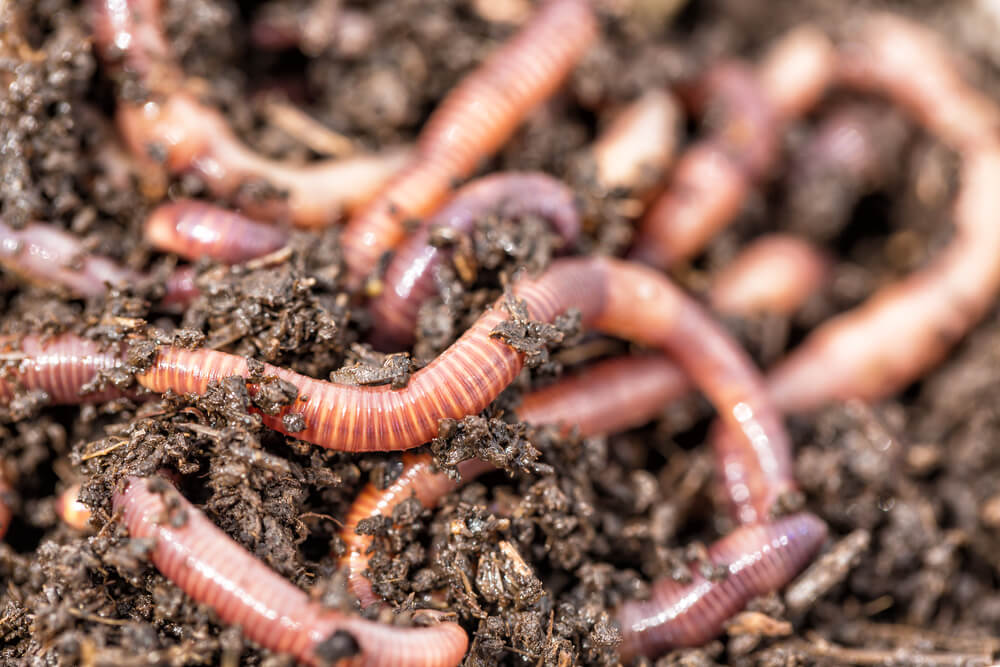
With springtime gardening right around the corner, it is the perfect time to get a head start on your plant plans. While this typically includes fun tasks, like picking out brightly colored flowers and new garden gnomes, you should also prioritize identifying invasive species that have the potential to negatively impact your soil and root systems, and ultimately limit plant growth. One invasive species that has made its way to Minnesota is the jumping worm. This variety of earthworm, while very similar to the size and shape of less harmful species, have the potential to disrupt your garden’s ecosystem and even spread to and cause harm to nearby forested areas. There is not a clear research-based answer for getting rid of jumping worms completely, but prevention and reduction are two key forms of management.
To prevent the possibility of bringing jumping worms into your garden or landscaping, be sure to purchase compost and mulch from permitted facilities, like the SMSC Organics Recycling Facility. This ensures the transportation of quality products that are free of invasive species. Limiting the movement of soil and plants from one location to another can also reduce the spread of unwanted pests.
If you do find that your garden has a potential infestation, it is important to stop the spread and keep potentially invaded plants, soil, and mulch on your property. Once an invasive species is identified, you should then report sightings to the Minnesota DNR. Once the occurrence has been reported, jumping worms should be disposed of in a garbage and not released into any surrounding environment.
FAQ about Jumping Worms:
Q. What do they look like?
A. A jumping worm is very similar in size to other earthworms like nightcrawlers or large angle worms, but a jumping worm’s rings are lighter in color, smoother, and less inflamed. Another noticeable characteristic is that jumping worms often jump and wiggle vigorously when they are moved.
Q. Where are they found?
A. Jumping worms have been found in home and landscaping gardens, as well as backyard compost bins across Minnesota. A current map of confirmed jumping worms can be found at: eddmaps.org/distribution.
Q. Is the compost I purchase safe?
A. Compost that has been purchased from a facility that meets the Process To Further Reduce Pathogens (PFRP) requirements, such as the SMSC Organics Recycling Facility, is safe from jumping worms. This is because in this process, compost piles reach high temperatures of 131°F or above and are turned on a schedule. Regulated facilities like the SMSC Organics Recycling Facility also regularly use clean equipment and inspect new materials that are brought onto their sites. finished products are also stored on pavement and are kept away from incoming, uninspected materials, making it nearly impossible for worms to reach finished compost products.
Learning about invasive worms may not be as appealing as planting a garden or caring for plants, but it is a crucial step in eliminating their spread and keeping our ecosystems healthy. To discover more about jumping worms and how to reduce their spread, start by viewing a recent webinar hosted by the Minnesota Composting Council at mncompostingcouncil.org/past-events.


